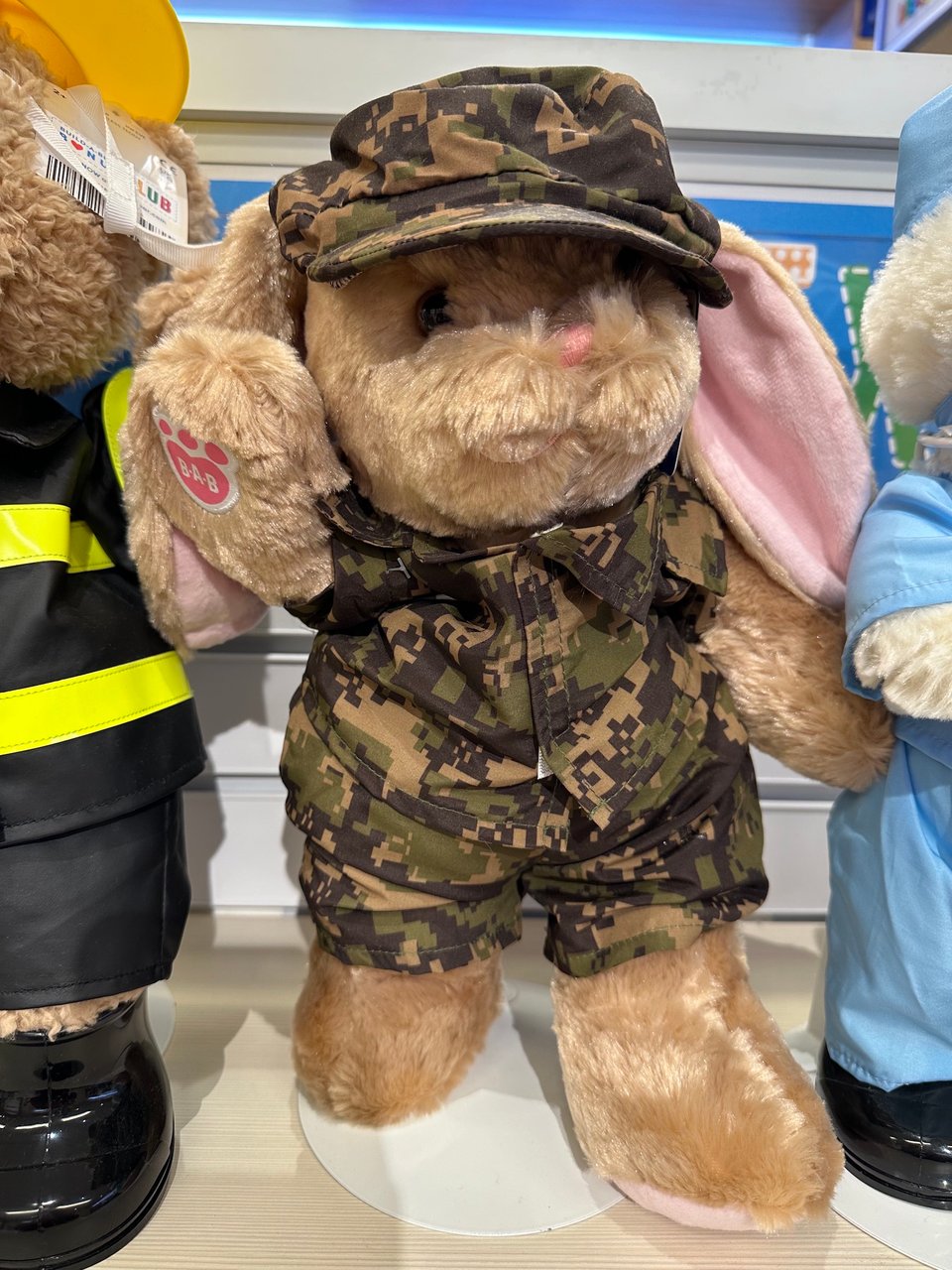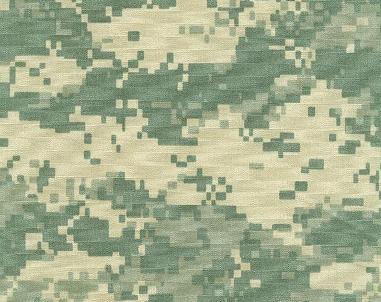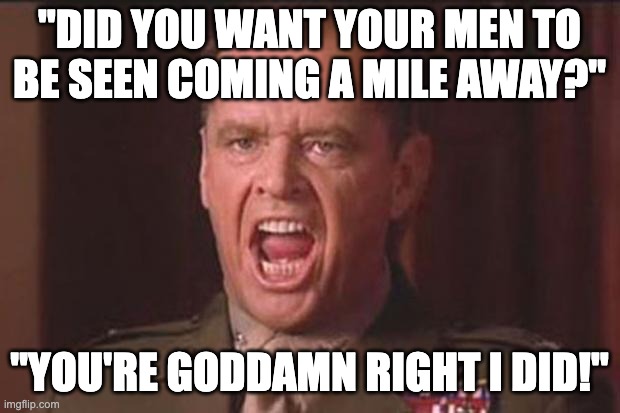Why A Failed Camouflage Pattern Is Going To Get This Build-A-Bear Killed

Marx once said that history repeats itself, first as tragedy and then as farce, and no-where is this more true than in the ability of digital technologists (a.k.a. "tech bros") to create ridiculously flawed solutions for problems that don't actually exist.
Such was arguably the case with the US Army's Universal Camouflage Pattern (UCP), which was introduced mid-way through the Iraq and Afganistan Wars. Where previous camouflage patterns had been hand-drawn with different designs for different environments such as woodland, desert, and mountain (and the British Army's still is), this was a single digital pattern that would, supposedly, work in all environments.

The only problem was that it didn't actually work. Now I'll concede that this isn't necessarily the fault of the overall concept (although I can't help but think that if you want to blend into nature, avoiding straight lines and right-angles might be a good start). A bigger issue might have been that having spent three years testing one set of designs, they then made a late switch to a different design without actually field testing it.

It wasn't long before soldiers serving in Iraq and Afghanistan began to question the the new scheme's effectiveness, pointing out that it was endangering not merely their missions but their very lives. Eventually, in 2009, no-doubt recognising that this was a non-partizan, point-and-laugh issue reminiscent of the Emperor's New Clothes, the politicians in Congress passed a law ordering the Department of Defense to "take immediate action to provide combat uniforms to personnel deployed to Afghanistan with a camouflage pattern that is suited to the environment of Afghanistan."
(I always say that you can tell a situation's got totally dysfunctional when good, sensible advice or instructions start to sound sarcastic).
As an aside, the US Marines had gone with their own MARPAT pattern, which was apparently designed to distinctively identify its wearers as Marines to their adversaries, while simultaneously helping its wearers remain concealed. A Marine spokesman at its launch stated: "We want to be instantly recognized as a force to be reckoned with. We want them to see us coming a mile away in our new uniforms." Personally, when coming up with a list of desirable attributes for camouflage patterns, being able to be seen coming a mile away would not be one of them. But what would I know? I'm just an SFF author.

Anyhow, the US Army's cock-up was rectified. The flawed UCP pattern has now been replaced with a superior Operational Camouflage Pattern (OCP) based on one of the early designs that had been tested but then discarded.
There were/are just two problems:
$5 billion dollars had been wasted on flawed uniforms.
Build-A-Bear Workshop clearly haven't got the memo, as they're still sending bears out with this totally inadequate camouflage.
Built-a-Bear, this is wrong. Those bears deserve better, but you're going to get them killed. I'm begging you.
Fix that camouflage.